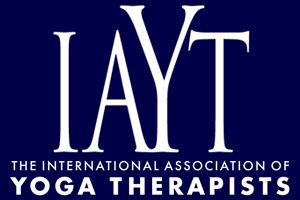Prânâyâma Can Be Practiced Safely
Recent reports in the medical literature suggest that some vigorous Yoga breathing practices (prânâyâma) may pose health risks. This article addresses the issue of safety in prânâyâma by reviewing traditional cautions and recommendations from Yoga texts such as the Yoga Sûtras and Hatha Yoga Pradipikâ, and by describing the prerequisites for beginning a prânâyâma practice. Prerequisites include the ability to establish a normal breathing pattern with efficient use of the diaphragm, the ability to consciously control the process of breathing without strain or undue tension, learning basic prânâyâma techniques before advanced techniques, and preparation of the body through Yoga postures. Finally, safety precautions are described for practicing more vigorous prânâyâma techniques
